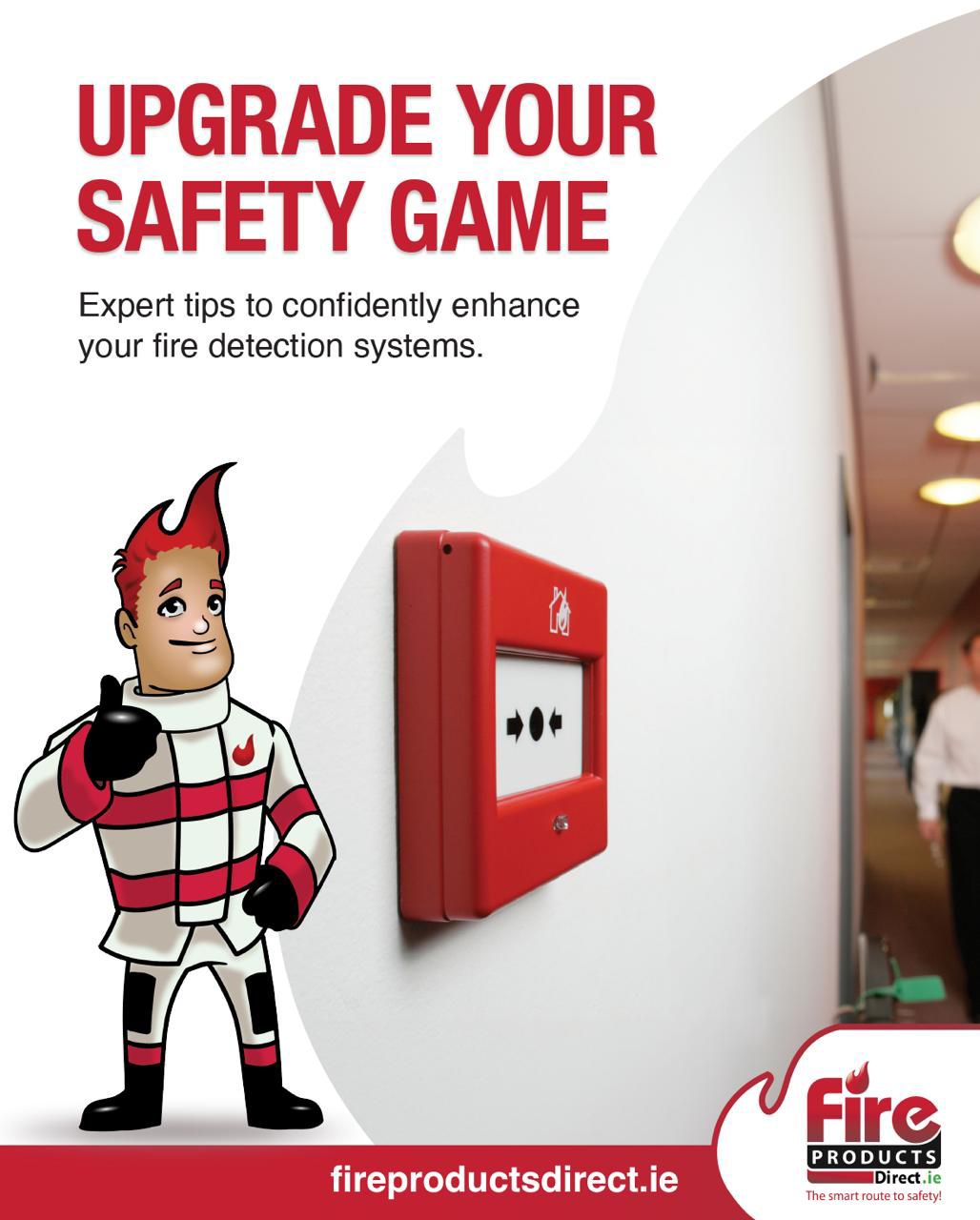
Upgrading your Fire and Life safety systems can feel overwhelming, with so many options on the market, regulatory requirements to meet, and the need to find a solution that best fits your business. But getting it right is critical—because lives and livelihoods depend on it!
Brendan Stamp BBs (Hons), BSc (Hons), an acknowledged expert with over 25 years of experience in fire safety, shares his top five tips to help you navigate your next upgrade with confidence.
- Conduct a Full Review of the Building & Occupants
Before upgrading, take a comprehensive look at your building’s operations, layout, and occupancy.
- Consider the risks associated with the building’s use.
- Assess the potential for false alarms.
- Understand how the space is used daily.
A reputable provider should ask insightful questions to appreciate the unique challenges your premises present, ensuring a tailored solution that meets your needs effectively.
- Consider Different Technologies
There are several fire detection and alarm system technologies available, each with advantages depending on the environment:
- Conventional Systems: Simple and cost-effective but less precise in pinpointing alarm locations.
- Addressable Systems: Provide specific detection locations and advanced monitoring, reducing false alarms and maintenance time.
Many businesses are shifting away from conventional systems in favour of intelligent addressable systems due to their superior functionality and accuracy.
- Air Sampling Detection: Ideal for high-risk or sensitive environments like data centres, detecting smoke at very early stages.
- Beam Detection: Suited for large, open spaces such as warehouses and atriums.
- Wireless Systems: Flexible and less disruptive to install, ideal for heritage buildings or temporary setups.
- Linear Heat Detection: Excellent for environments where smoke detection may be challenging, such as tunnels or industrial applications.
If you’ve carefully assessed your building and operations as above, this will guide you in selecting the most suitable technology for your needs.
- Take a Long-Term View
An upgrade is a long-term investment, so avoid making decisions based purely on cost or convenience.
- Consider future capabilities and opt for a system that can be expanded or upgraded as needed.
- Factor in maintenance and lifecycle costs—not just the initial installation price.
- Ensure your chosen solution remains compliant with evolving regulations and standards.
- Engage with Key Stakeholders
Think about the system’s users and how it impacts them:
- Who will operate or maintain the system?
- What staff will require training?
- Is it user-friendly and aligned with operational workflows?
Early engagement with key stakeholders, including facility managers, health and safety officers etc, will lead to a more effective implementation.
- Do Your Homework!
Selecting the right provider is just as important as choosing the right system.
- Work with reputable providers who are fully insured for all aspects of the project.
- If they are involved in design, ensure they have Professional Indemnity Insurance.
- Ask for references and verify their experience with similar projects.
- Look for proof of competency or industry certifications.
Before work begins, obtain a detailed specification to avoid hidden surprises or extra costs. This document will also serve as a benchmark for evaluating the final delivery.
Final Thoughts
A well-planned fire detection and alarm system upgrade ensures the protection of people and property while optimising long-term reliability and cost-effectiveness. By following these five tips, you can navigate the process with confidence and make informed decisions that will serve your business for years to come.
Got a question? Or perhaps you would like to contribute an article? Please feel free to reach out
051 448389







